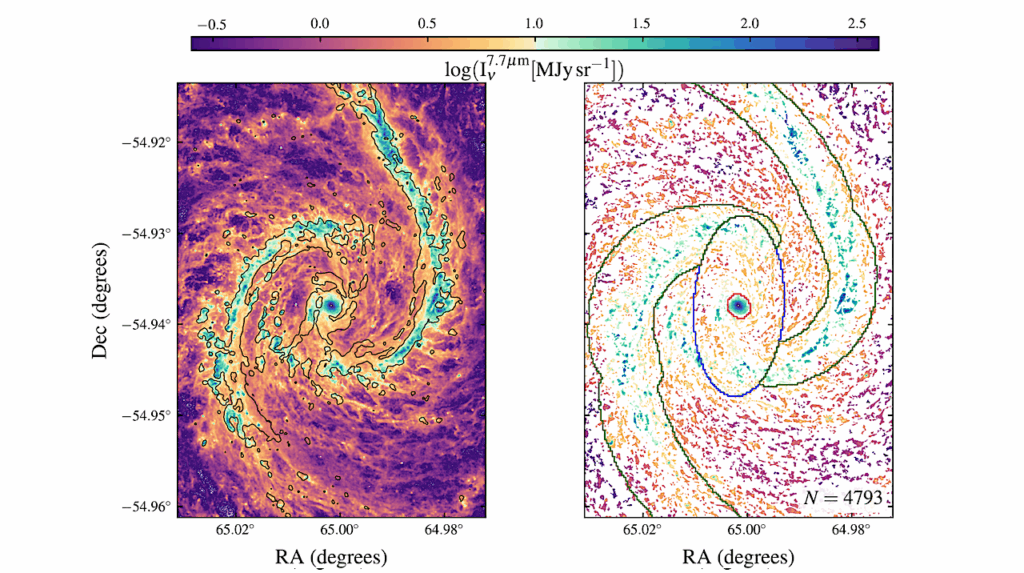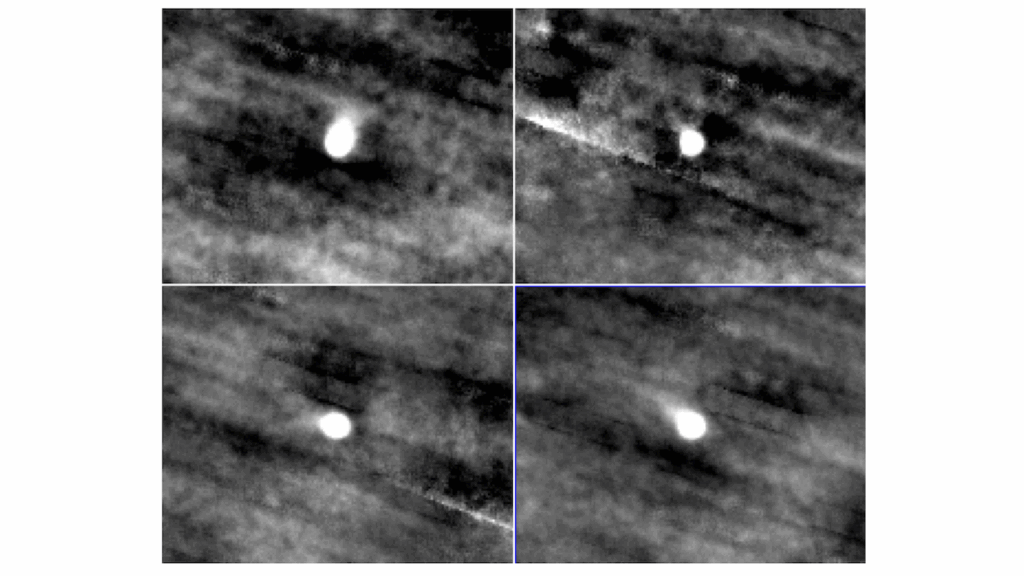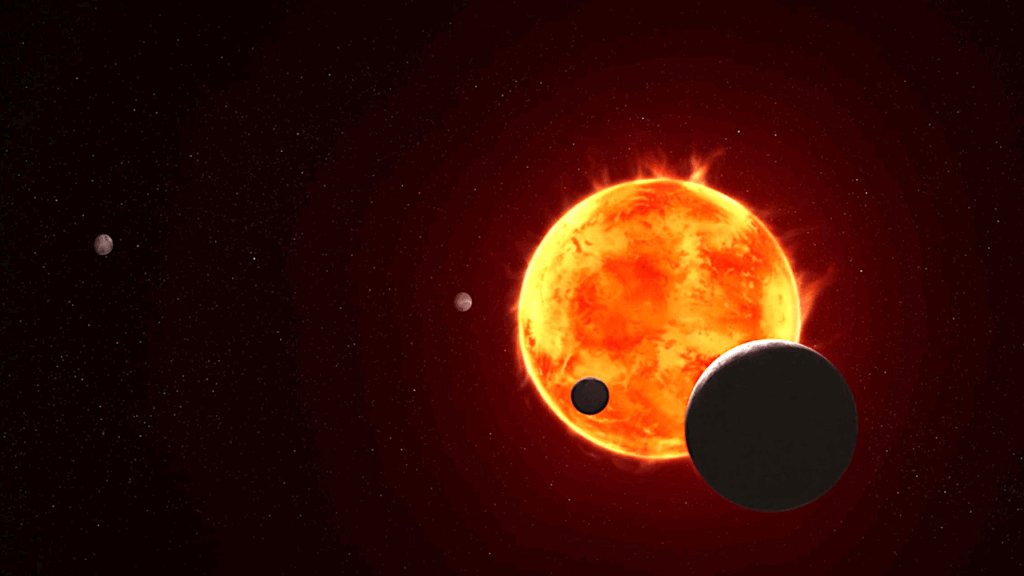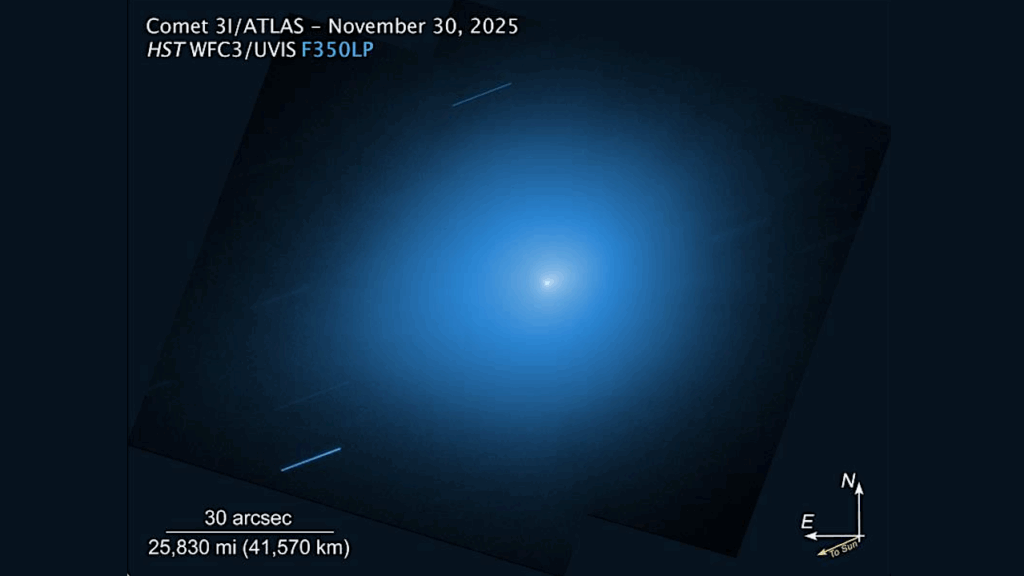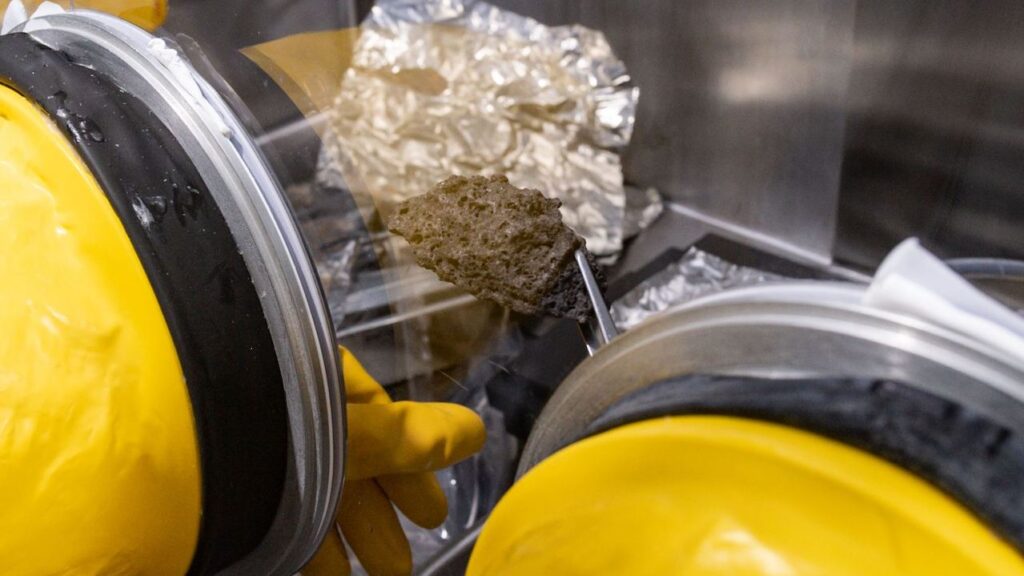Stellar Energetic Particle And Cosmic Ray Effects In Exoplanetary Atmospheres

Energetic particles, in the form of stellar energetic particles and cosmic rays, can lead to disequilibrium chemical effects in exoplanetary atmospheres. In Earth-like atmospheres, energetic particles can drive the formation of prebiotic molecules, the building blocks of life.
Here instead, I study the transport of energetic particles through a hydrogen-dominated exoplanet atmosphere and calculate the resulting ionisation rate of molecular hydrogen using a Monte Carlo energetic particle transport model. I focus on a GJ436 b-like atmosphere at orbital distances between 0.01-0.2 au which includes the orbital distance of the exoplanet GJ436 b (0.028 au).
I found that stellar energetic particles lead to high ionisation rates in a GJ436 b-like atmosphere between 0.01-0.2 au. These results motivate the use of chemical models of gas giant atmospheres including energetic particle ionisation to ultimately produce synthetic James Webb Space Telescope (JWST) and Ariel transmission spectra in the future.
D. Rodgers-Lee
Comments: Accepted for publication at the Proceedings IAU Symposium 388. N. Gopalswamy, O. Malandraki, A. Vidotto & W. Manchester, eds. This contribution is based on the invited talk I presented at the IAUS388 “Solar and Stellar Coronal Mass Ejections”, Krakow, Poland. 6 pages, 3 figures
Subjects: Solar and Stellar Astrophysics (astro-ph.SR); Earth and Planetary Astrophysics (astro-ph.EP)
Cite as: arXiv:2409.07274 [astro-ph.SR] (or arXiv:2409.07274v1 [astro-ph.SR] for this version)
https://doi.org/10.48550/arXiv.2409.07274
Focus to learn more
Submission history
From: Donna Rodgers-Lee
[v1] Wed, 11 Sep 2024 13:48:33 UTC (629 KB)
https://arxiv.org/abs/2409.07274
Astrobiology, Astrochemistry, Space Weather,


